The camel spider is a species described with an ugly, large appearance and is the subject of many lofty tales. The legends surrounding this creature gained widespread popularity in 2003, during the peak of the Iraq War, when American soldiers began discovering their lanky bodies in the Middle Eastern desert.
However, before being known to the U.S. military, this creature was the subject of many fables told by Persians, who were the first to encounter it. Despite its frightening appearance, the camel spider (which is not actually a spider) is harmless to humans. Moreover, it only lives for about a year in the wild and spends most of its time hiding, avoiding the blinding sunlight of the desert.
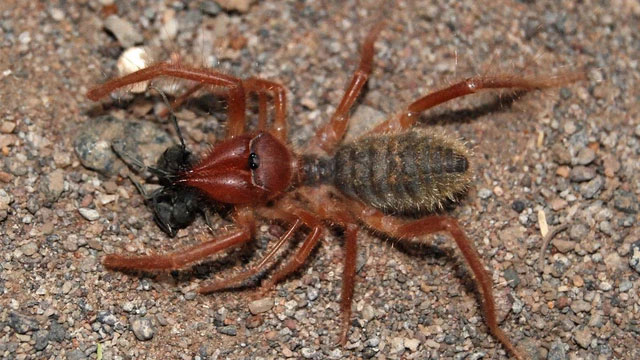
Camel spiders are neither true spiders nor scorpions.
Camel Spiders Are Not Actually Spiders
Camel spiders actually belong to the class Arachnida and are scientifically referred to as Solifugae. This order includes over 1,000 described species across approximately 153 genera.
Despite their common names, they are not true scorpions (Order Scorpiones) and are also not true spiders (Order Araneae). Instead, they are relatives of pseudoscorpions and mites.
According to National Geographic, Persians often told stories about this fearsome-looking creature standing tall, racing through the desert like a whirlwind, hunting the corpses of humans and camels that dared to cross its path. However, this is completely untrue. Camel spiders do not eat humans, camels, or any other large mammals.
Instead, the solifuge—sometimes referred to as wind scorpions or sun spiders—grows to about 15 cm in length when fully mature. And despite exaggerated tales of its “fast and furious” nature, its maximum speed is only 10 miles per hour—just slightly faster than an average human.
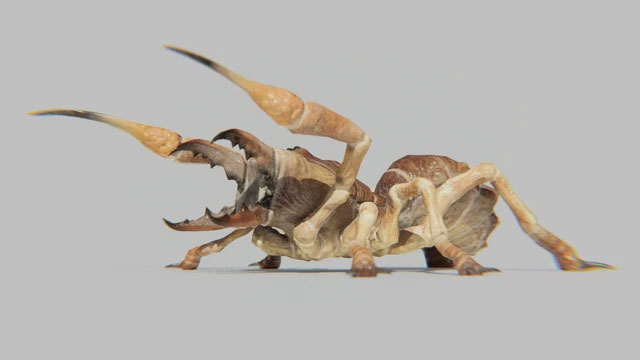
Most species of Solifugae live in arid climates and hunt ground-dwelling arthropods and other small animals. The largest species can reach lengths of 12–15 cm, including their legs. Some urban legends exaggerate the size and speed of Solifugae; however, their potential danger to humans is minimal. Nevertheless, they should not be underestimated and should be handled appropriately when encountered.
Camel Spiders Are Voracious Eaters
Some assessments of the solifuge diet from the Denver Museum of Nature & Science reveal that camel spiders have a preference for wasps, termites, beetles, and other arthropods.
However, they can also prey on small birds and even small snakes. If given the chance, they will gorge themselves to the point of distension—often becoming so large that they cannot move, especially if they eat too quickly. Generally, wind scorpions do not consume prey larger than themselves.
In fact, this creature has quite an aggressive nature—especially if it feels cornered or threatened. Although it lacks venomous glands, the camel spider has sharp pincers known as chelicerae that can inflict damage if they come into contact with human skin.
While camel spider bites do not require medical attention for healing, it is advisable to clean the bite with alcohol or hydrogen peroxide to prevent infection in case it bites you. However, as a general rule: if you leave it alone, it will leave you alone.
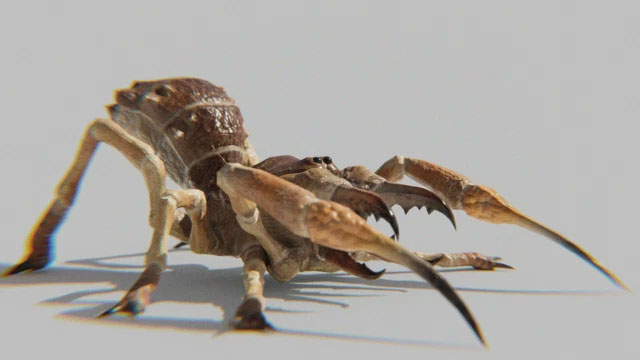
Although the Solifugae are considered endemic indicator species of desert ecosystems, they are widely found in semi-deserts and woodlands. Some species also inhabit grasslands or forest habitats. Solifugae typically thrive in warm, arid environments, including nearly all warm deserts and shrublands on every continent except Antarctica and Australia. Solifugae are carnivorous or omnivorous, with most species feeding on termites, beetles, and other small ground-dwelling arthropods. Solifugae are aggressive and opportunistic predators and have been recorded eating snakes, small lizards, birds, and rodents.
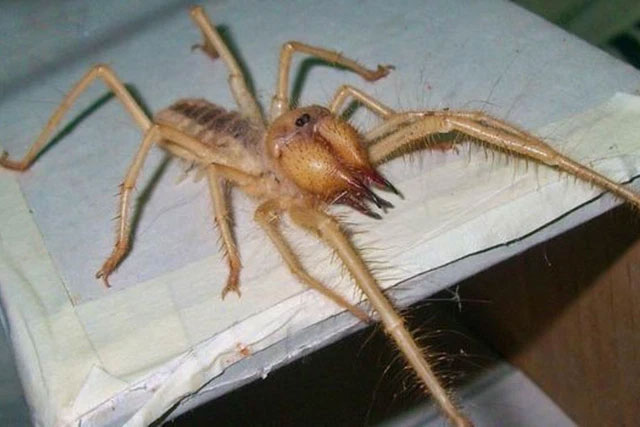
Prey is located using their front pair of legs, killed, and then torn into pieces by their pincer-like claws. The prey is then liquefied, and the fluids are ingested through the pharynx. Although they typically do not attack humans, their pincer-like claws can penetrate human skin, and painful bites have been reported. Many other predatory animals, such as large fruit bats, scorpions, toads, and insectivorous animals, may hunt Solifugae. Solifugae typically reproduce once a year. After mating, females will dig a burrow in which they lay between 50 to 200 eggs.
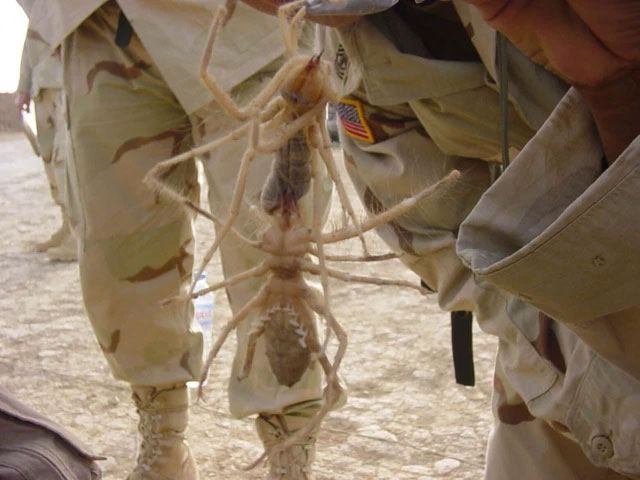
Camel spiders gained notoriety during the Gulf War of 1990 – 1991 and began to become famous when American soldiers arrived in Iraq.


















































